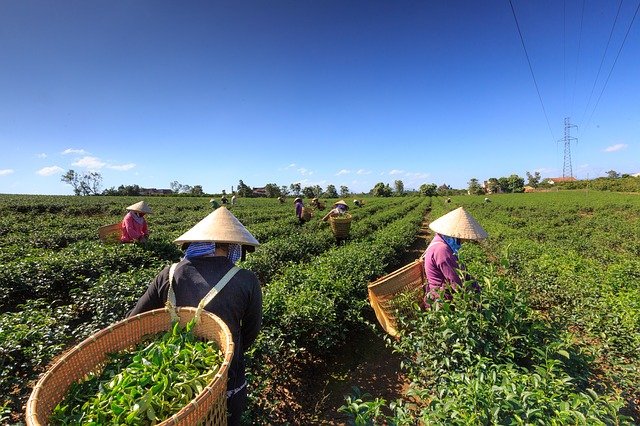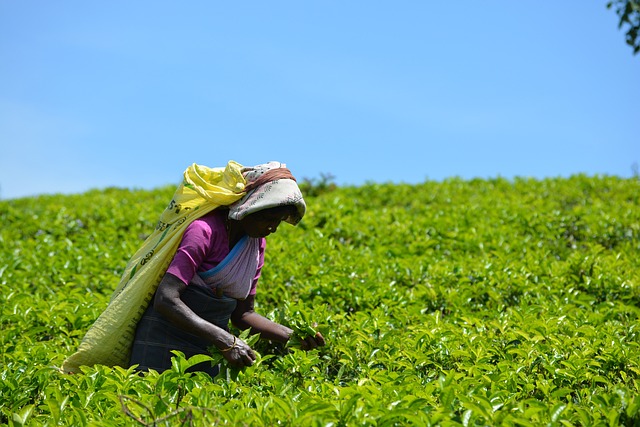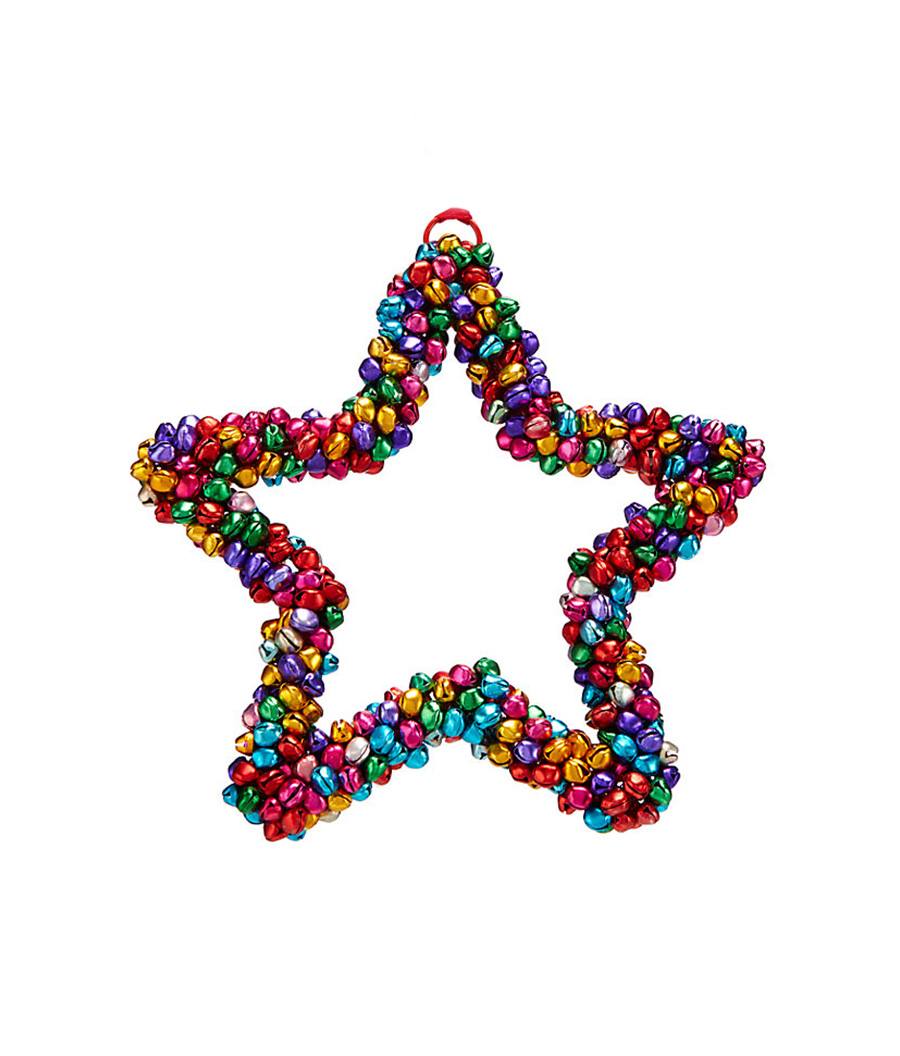Blog
Tea Grades

Different Grades of Tea
Generally we are talking about leaf teas and broken teas. The small-leafed broken teas, which are cut during the repeated rolling process, are naturally very high yielding. The names of the grades very often have very imaginative names and vary from tea estate to tea estate. They are always referring to the leaf size and optic and mostly do not take the taste into consideration (e.g. flowery). But, they will never give you any clue about the general quality of the tea. The quality of the tea is always made during the tasting.
Here are the most important grades for:
a) Leaf Tea
1. Flowery Orange Pekoe = FOP
In Darjeeling you will also find names like Golden Flowery Orange Pekoe = GFOP and Tippy Golden Flowery Orange Pekoe = TGFOP. This refers to a thin, wiry leaf with tips (buds). Tips are the golden or silver-coloured, visible leaf tips, which contain less tannin and therefore do not darken during the fermentation. They are proof that young tealeaves were used; however this does not necessarily mean that they are of exceptional quality.
2. Orange Pekoe = OP
A long, wiry leaf, larger than the FOP. The meaning of the term is unknown. Orange refers to the Dutch “Oranje”, which means “royal”. It does not mean that the tea is orange or tastes of oranges!
3. Pekoe = P and Flowery Pekoe = FP
This leaf is shorter and larger than the Orange Pekoe, often also more open and not as finely rolled. Ceylon “low-grown” Pekoes have a ball-shaped leaf. Pekoes are stronger in the infusion than the Orange Pekoe, because the latter contains more leaf ribs and less “flesh”.
b) Broken Tea
1a. Flowery Broken Orange Pekoe = FBOP
This grade refers to the larger and very aromatic qualities of the small-leafed teas. A well-structured, well-rolled leaf with many tips, which yield an attractive appearance.
1b. Golden Broken Orange Pekoe = GBOP
A very fine and strong tea, especially with respect to Assam.
2a. Broken Orange Pekoe = BOP
A well-structured leaf, which has fewer, tips than the FBOP, but is stronger and less flowery.
2b. Broken Orange Pekoe 1 = BOP 1
On some plantations in India, this is the explanation for the FBOP, in Ceylon it is, however, a “semi-leaf tea”, a grade, which is between the OP and the BOP.
3. Broken Pekoe =BP
With respect to the CTC method, BP is a grade, which yields a very strong cup.
4. Fannings and Dust
The smallest parts of the leaf, without the stem of ribs, which are collected during the sieving. Fannings and Dust are high yielding, strong, colour the cup quickly and, hence, are preferred for use in tea bags.
SFTGFOP – S (Super) F (Finest) T (Tippy) G (Golden) F (Flowery) O (Orange) P (Pekoe)- large leaf
FP – F (Flowery) P (Pekoe) – small leaf
GFBOP – G (Golden) F (Flowery) B (Broken) O (Orange) P (Pekoe) – fine broken
BOPF – B (Broken) O (Orange) P (Pekoe) F (Fannings) – fannings
CTC – C (Crushing) T (Tearing) C (Curling) – round leaf
| Grade | Description |
|---|---|
| OP |
|
| OP1 |
|
| OPA |
|
| OPS |
|
| FOP |
|
| FOP1 |
|
| GFOP |
|
| TGFOP |
|
| TGFOP1 |
|
| FTGFOP |
|
| FTGFOP1 STGFOP SFTGFOP |
|
Grade of Broken Teas
| Grade | Description |
|---|---|
| BT |
|
| BP |
|
| BPS |
|
| FP |
|
| BOP |
|
| FBOP |
|
| FBOPF |
|
| GBOP |
|
| GFBOP1 |
|
| TGFBOP1 |
|





